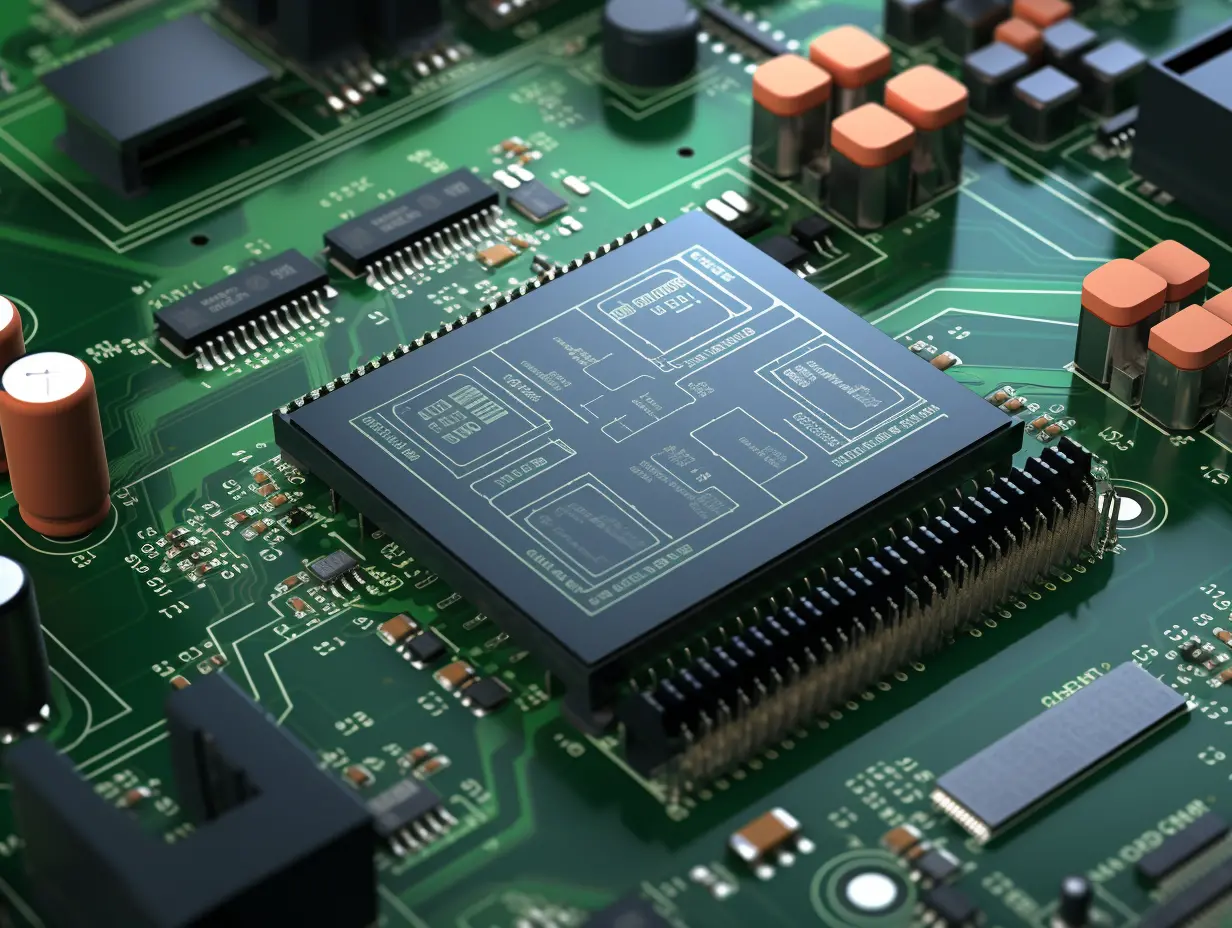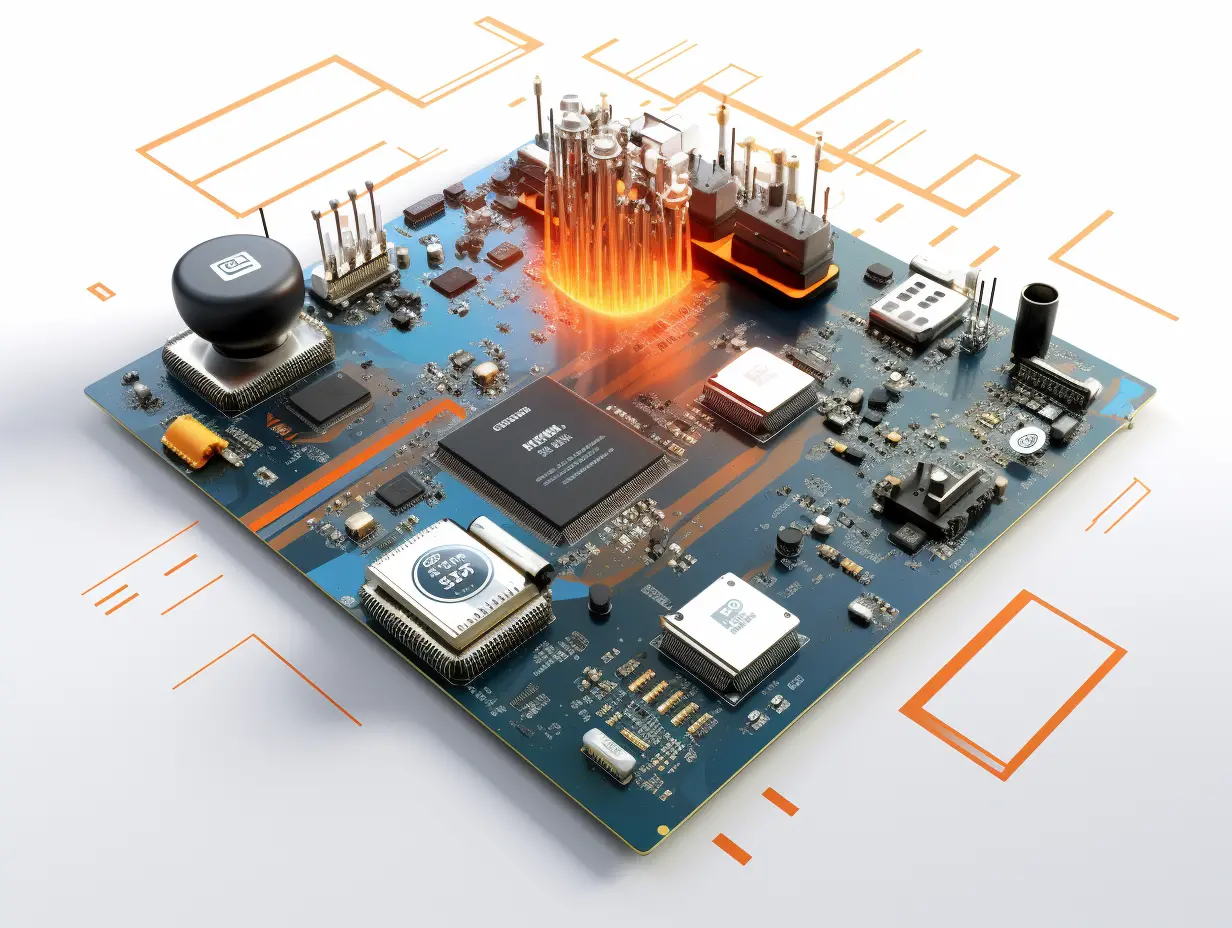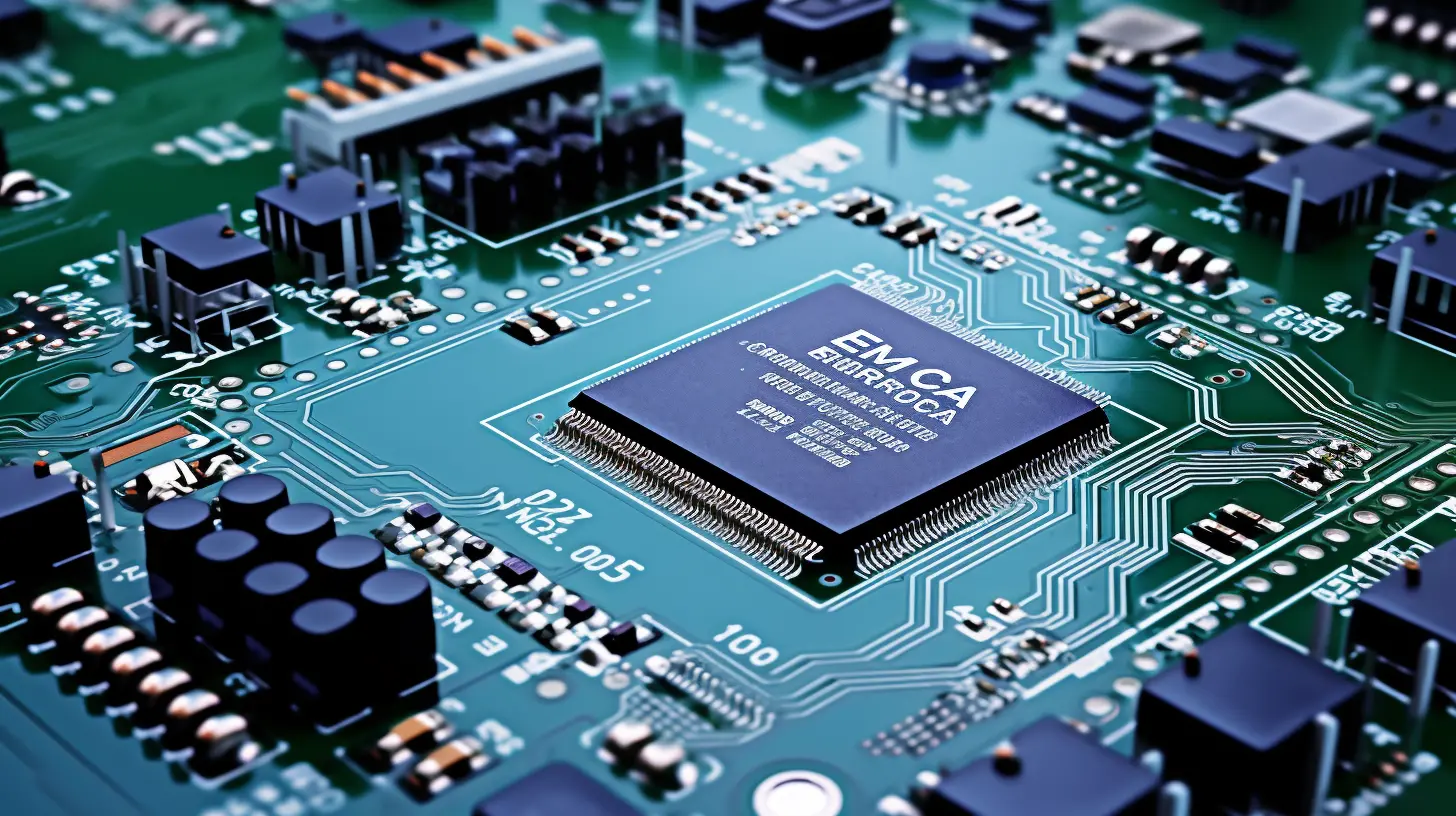In today's fast-paced technological landscape, the performance and reliability of smart devices are crucial. As electronic components become smaller and more powerful, managing heat dissipation is paramount to prevent overheating and ensure optimal operation. This article explores how multi-layer printed circuit boards (PCBs) can significantly enhance the thermal dissipation of smart devices, leading to better performance and longevity.
Thermal dissipation refers to the processes that allow heat to escape from electronic components. Excess heat can lead to performance issues, reduced lifespan, and even failure of devices. Efficient thermal management is therefore essential, especially in compact smart devices where space is limited.

Multi-layer PCBs consist of flere layers of circuitry interconnected with vias, allowing for more complex interconnections without increasing the board’s footprint. This design not only saves space but also enhances thermal management. The use of advanced materials and effective layer stacking techniques in multi-layer PCBs can significantly improve the heat dissipation properties compared to traditional single-layer boards.

Several industry leaders have adopted multi-layer PCB designs to enhance the thermal performance of their smart devices. For instance, manufacturers of high-performance computing products have reported increased system stability and lower operating temperatures by switching from single-layer to multi-layer boards.
To remain competitive in the smart device market, companies must focus on innovation in thermal management solutions. Multi-layer PCBs offer a promising approach to enhancing thermal dissipation, ensuring that devices operate efficiently and reliably under demanding conditions. As the industry evolves, continued advancements in PCB technology will play a vital role in driving performance and user satisfaction.

Let's continue to innovate and improve our products for a better tomorrow.
